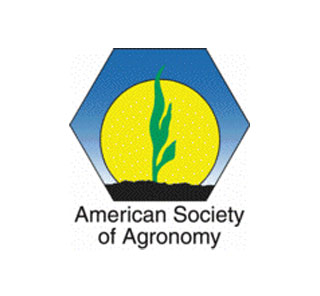
Tocopherols are apparently there in four forms i.e. α, β, γ, and δ, of which γ-tocopherol is present in huge quantities in soybeans. However, α-tocopherol supposedly has the maximum antioxidant activity, and is apparently transformed to vitamin E in the human body.
Thus, most interest for soybean tocopherols may be located in in α-tocopherol; nevertheless, particular health-properties could have also been credited to other tocopherol forms and interest for these remains. It is claimed by a study that all tocopherols could play a function in the prevention of cardiovascular diseases and cancer.
Some studies have apparently determined soybean tocopherols concentration in a range of genotypes or environments. But no study has supposedly examined dissimilarities among numerous early-maturing genotypes developed in various environments. Such study may permit for the determination of the tocopherols concentration range discovered in soybean, but also to verify how genotypes may perform and compare to each other in different environments. Such information could be essential for both plant breeders and agricultural producers.
Experts at McGill University, the Centre de Recherche sur les Grains, and Agriculture and Agri-Food Canada in Quebec have apparently analyzed tocopherols concentration and steadiness, with a prominence on α-tocopherol, among early-maturing genotypes developed in various environments. They also verified the affiliation between tocopherols concentration and other key seed characteristics. At the 8th World Soyabean Research Conference in August 2009 in Beijing, China, this study was presented.
Philippe Seguin, who led the study, commented, “The large variation observed among genotypes for α-tocopherol, the relatively high stability of genotypes performance across environments, and the lack of negative correlation with other important seed characteristics suggest that selection for high α-tocopherol will be possible. Such characteristics will also help in the development of functional foods, which requires consistency in concentrations of health-beneficial compounds.â€
The study is apparently continuing to recognize aspects which may be disturbing soybean tocopherols concentration. Initial results propose that both definite environmental factors and management practices, like seeding date, could considerably affect concentrations.
Getting a better understanding of issues affecting soybean tocopherols concentration may assist in the development of a new value-added use for soybean and therefore to supposedly expand markets for soybean producers.
This study was published in the issue of Agronomy Journal.
